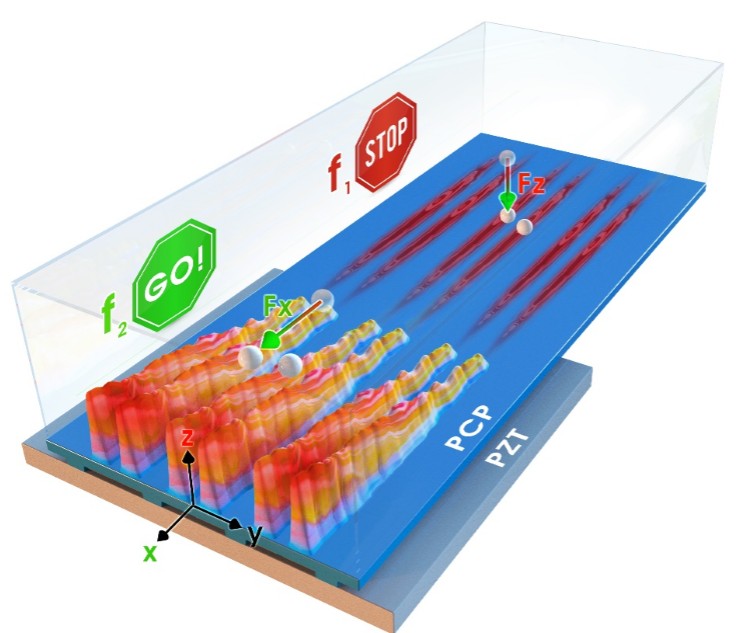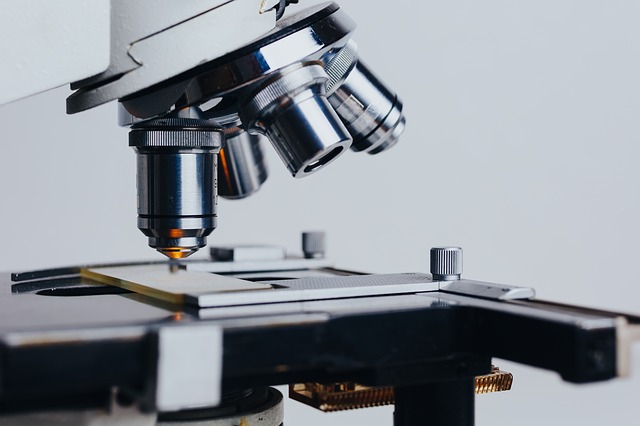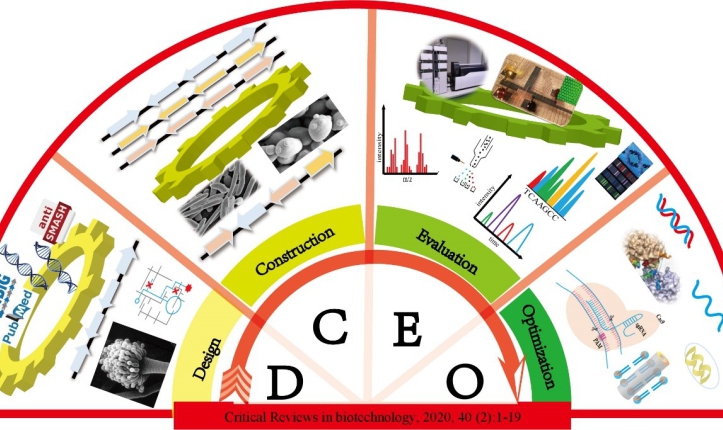
SIAT Research
-
May 08, 2020Scientists Propose Neural Network for Multi-Class Arrhythmia DetectionNew ECG analysis method based on deep learning for the case of unsatisfactory recognition accuracy of multiple arrhythmias caused by the above problems. Cardiovascular diseases are preventable, yet they remain leading causes of death, disability.Automated electrocardiogram (ECG) analysis for arrhythmia detection plays a critical role in early preve...
-
May 07, 2020Researchers Develop New BP Nanostructure for Photocatalytic Nitrogen FixationA new black phosphorous (BP) based nano material which has incredible activity on photocatalytic nitrogen fixation. Photocatalytic nitrogen fixation driven by solar energy is recognized as an environmental-friendly candidate for sustainable ammonia production. In spite of the recent advances, development of effi...
-
Apr 30, 2020Scientists Use Phononic Crystals to Make Dynamic Acoustic TweezersA research team led by Prof. ZHENG Hairong from the Shenzhen Institutes of Advanced Technology (SIAT) of the Chinese Academy of Sciences has addressed the challenge of comprehensive, dynamic manipu... Acoustic tweezers are a powerful tool for contactless manipulation of particles and cells using acoustic radiation forces (ARF) generated by the transfer of acoustic wave momentum. They play an imp...
-
Apr 29, 2020Flexible Piezoresistive Pressure Sensor with Zero Standby Power Consumption under Bending ConditionsProposed a high performance, zero stand-by power consumption flexible piezoresistive pressure sensor, has effectively solved the above problems. Flexible pressure sensors have been widely used in various applications, such as humanoid robots, wearable electronics and energy harvestingPiezoresistive pressure sensors, which convert the mechan...
-
Apr 28, 2020Researchers Realize Microsized Sphere Rotation by New Microrobotic Manipulation SystemDeveloped a microrobotic manipulation system and realized the precise rotation for microsized sphere. The study was published in IEEE Transactions on Automation Science and Engineering. The precise manipulation of small objects is crucial in fundamental research and industrial applications. Micro-nanorobotic system is regarded as one of the most powerful technique for complex micr...
-
Apr 26, 2020Scientists Grade Diabetic Retinopathy Automatically Using Machine Learnig TechnologyIn this study, the scientists proposed a multi-channel based generative adversarial network (MGAN) with semi-supervision to grade DR, which could make full use of labeled data and unlabeled data to... Early diagnosis through regular screening is important for preventing Diabetic retinopathy (DR), but it is time consuming for ophthalmologists to diagnose efficiently.Previous studies from the Shen...
-
Apr 23, 2020Researchers Propose New Image Recognition Method Based on Large-Scale DatasetResearchers proposed a product image recognition with guidance learning and noisy supervision, which showed advanced performance of daily product image recognition. The study has published in Compu... Image recognition is the ability of software to identify objects, places, people, writing and actions in the images.Researchers from the Shenzhen Institutes of Advanced Technology (SIAT) of the Chi...
-
Apr 21, 2020Advanced Strategy for Metabolite Exploration in Filamentous FungiThe systematic review, led by DENG Huaxiang from the Shenzhen Institutes of Advanced Technology (SIAT) of the Chinese Academy of Sciences and The Jiangnan University, could help scientists to balan... Filamentous fungi contain 50-90 biosynthesis gene clusters (BGCs), encoding polyketides, non-ribosomal peptides, alkaloids, and isoprenoids. However, numerous pathways for metabolite biosynthesis a...







